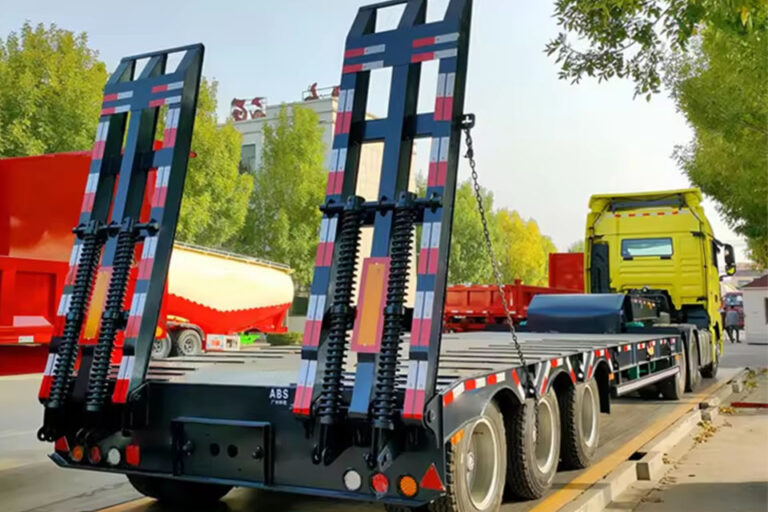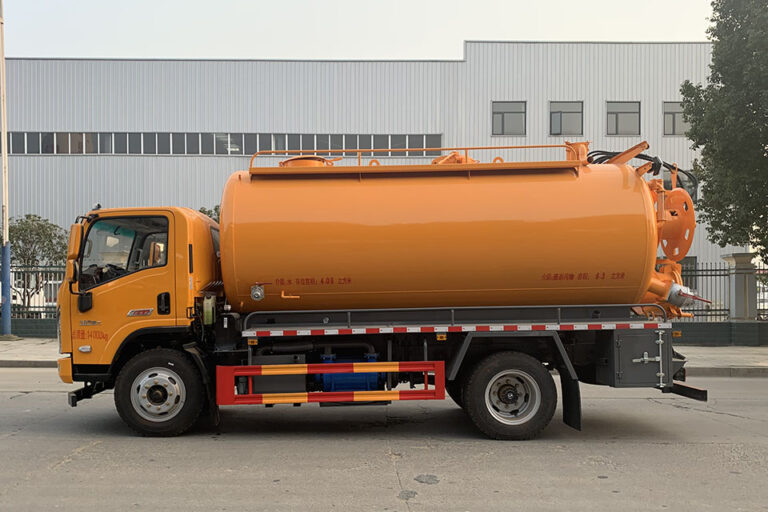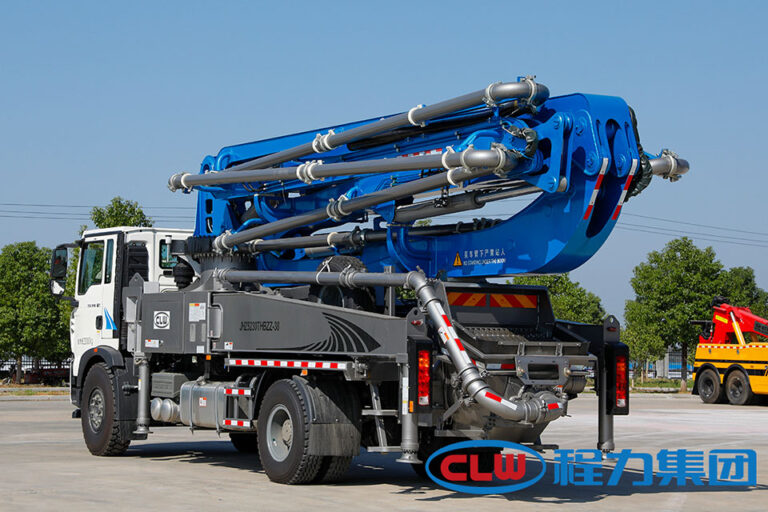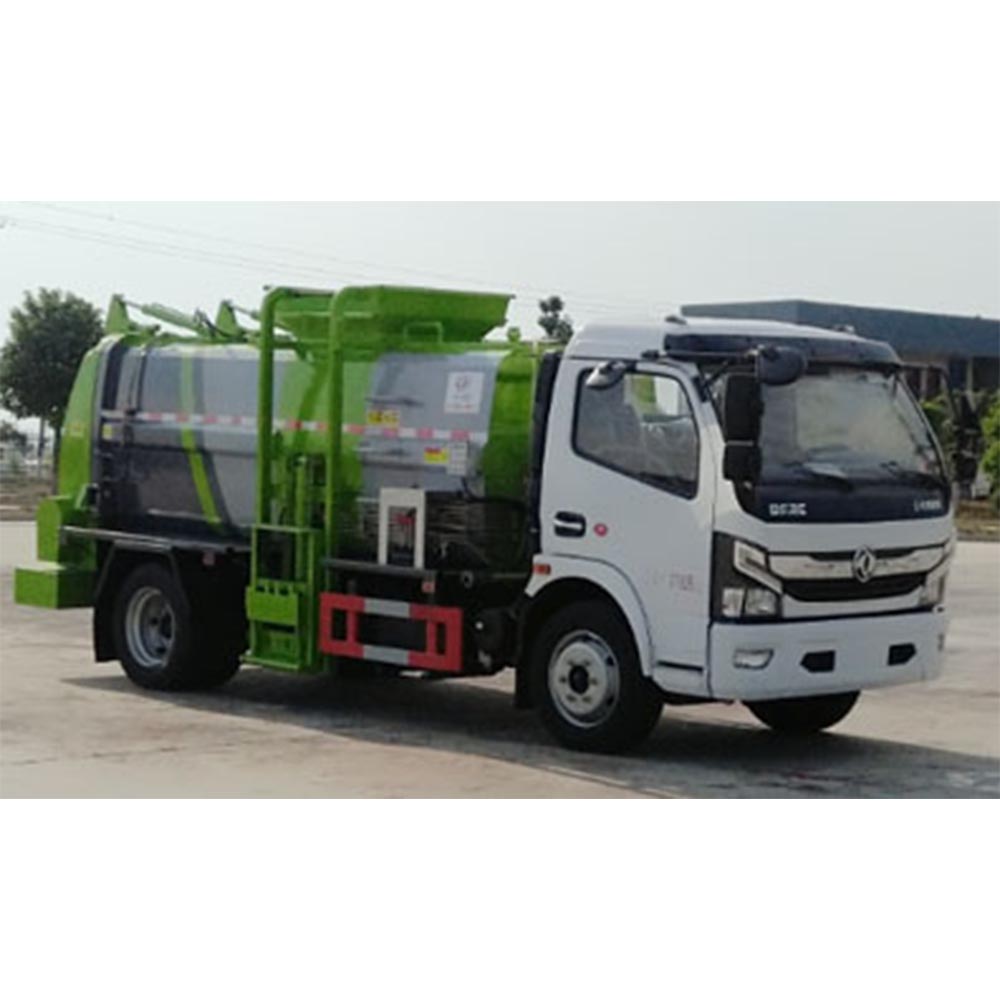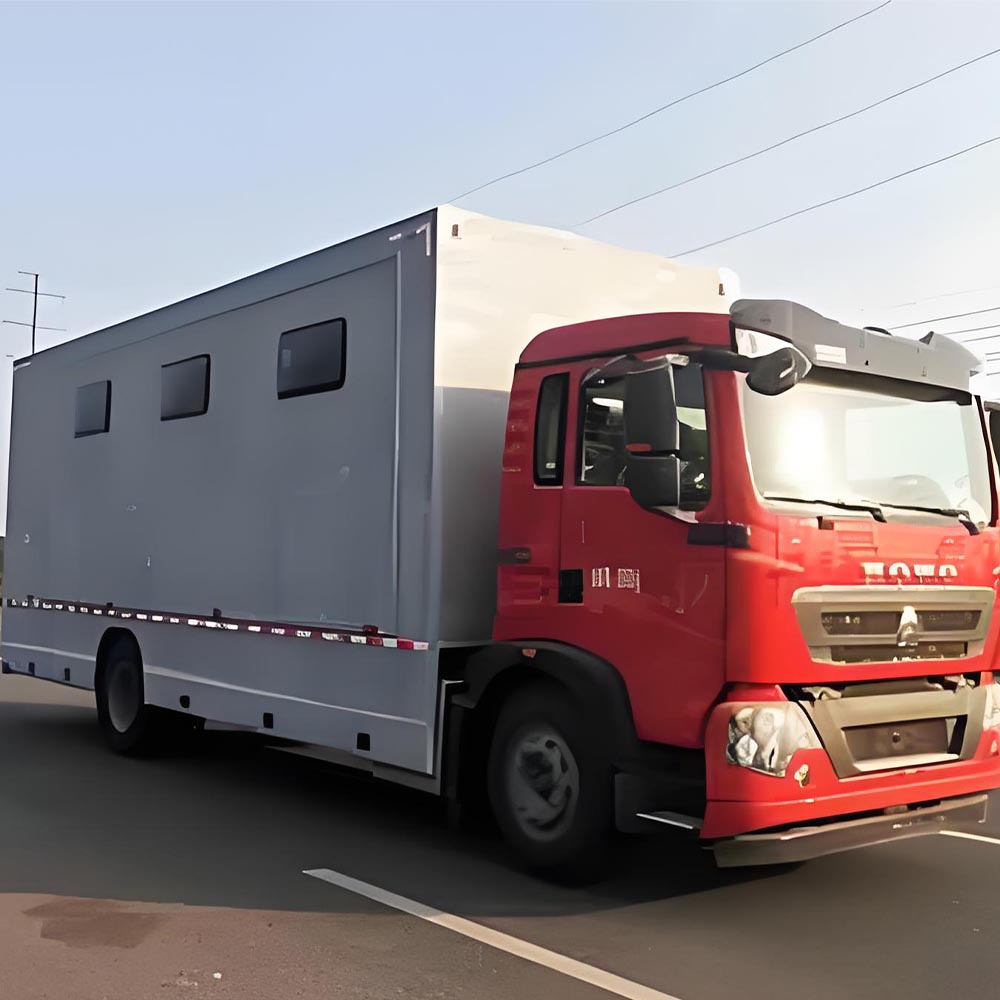-
Chengli Automobile Industry Park

Analysis on the importance of normal pressure liquid dangerous goods tanker management
Why Normal Pressure Liquid Dangerous Goods Tanker Management Matters: A Safety Imperative
Managing normal pressure liquid dangerous goods tankers is not just a regulatory box to check—it’s a critical safety necessity. With over 200,000 liquid dangerous goods tankers on China’s roads, proper management helps prevent disasters that cost lives and damage property. Let’s look at why this matters so much.
Table of Contents
The Growing Risk on Our Roads
The number of tankers carrying dangerous liquids grows each year. While these vehicles help our chemical industry grow, they also bring risks. Many tankers have safety problems that could lead to big accidents.
Some common problems include:
- “Large tank, small label” fraud – Tanks that carry more than their stated capacity
- Missing safety features like emergency shutoff valves
- Thin tank walls that can rupture easily
- Poor welding that fails during accidents
These issues make tankers like ticking time bombs on our roads. When carrying flammable, explosive, or toxic materials, even a small accident can become deadly.
Real Disasters Show What’s at Stake
Two major accidents show why proper tanker management is so important:
Table 1: Deadly Tanker Accidents in China
| Incident | Date/Location | Deaths | Injuries | Key Causes |
|---|---|---|---|---|
| Jinqi Highway Tunnel | March 1, 2014 (Shanxi) | 40 | 12 | No emergency shutoff valves, thin tank walls (4.5mm), collision |
| Hunan Hukun Highway | July 19, 2014 (Hunan) | 58 | 2 | Illegal modifications, unlicensed transport, collision |
The Critical Need for Tanker Management
Ensuring the safe transport of normal pressure liquid dangerous goods is vital for public safety and environmental protection.
200,000+
Tankers on Roads
Transporting dangerous liquids daily.
High Risk
Potential Hazards
Flammable, explosive, toxic materials.
The Human Cost of Non-Compliance
Major accidents highlight critical safety failures:
Fatality & Injury Count from Two Major Incidents (2014)
- Jinqi Tunnel Causes: No emergency shutoff valves, thin tank walls.
- Hunan Highway Causes: Illegal modifications, unlicensed transport.
Key Safety Requirements for Tankers
Emergency Shutoffs
Auto-close at >5 km/h.
Exhaust Distance
≥200mm from fuel tanks.
Grounding
Rubber drag chain ≥100mm².
Protected Parts
No protrusions beyond sides.
Government Actions & Regulations
Since 2018, strengthened regulations (like GB 18564.1-2019 & JT/T 1285-2020) and collaborative governance plans aim to:
- Control new tanker entry
- Address existing non-compliant tankers
- Optimize permitted cargo management
- Increase enforcement
- Implement product recalls
- Share information between agencies
Effective tanker management is a shared responsibility, crucial for safer roads and communities.
What Makes a Safe Tanker?
Safe must meet specific design requirements:
- Fire safety equipment and proper placement of exhaust systems (at least 200mm from fuel tanks)
- Electrostatic grounding with rubber drag chains (at least 100mm² cross-section)
- Protected attachments that don’t extend beyond the vehicle’s sides
- Emergency shutoff valves at the tank bottom that close automatically when the vehicle moves above 5 km/h
Government Action to Address the Problem
China has recognized these dangers and taken strong steps to improve tanker safety:
Table 2: Key Regulatory Developments
| Year | Policy/Standard | Key Focus |
|---|---|---|
| 2018 | Transportation Structure Adjustment Three-Year Plan | Initial tanker governance work |
| 2019 | GB 18564.1-2019 (National Standard) | Tank materials, safety attachments, testing |
| 2020 | JT/T 1285-2020 | Safety requirements for dangerous goods vehicles |
| 2021 | Tanker Governance Work Plan | Four-department collaboration for oversight |
| The 2021 plan involves a coordinated effort by transportation, public security, industry, and market regulation departments. They’re working to: |
- Control the entry of new tankers into the market
- Deal with existing problematic tankers
- Better manage what materials tankers can carry
- Increase enforcement
- Recall defective products
- Share information between agencies
Why This Matters for Everyone
Proper liquid transport truck management isn’t just about following rules—it affects us all:
- Saves lives by preventing catastrophic accidents
- Protects the environment from toxic spills
- Creates fair competition in the industry
- Reduces emergency response costs
- Maintains public trust in chemical transportation
For truck owners and operators using tractor units for semi-trailers, following these regulations means avoiding fines and protecting your business. For the general public, it means safer roads and communities.
The Importance of Tanker Material and Design
The tanks themselves need special attention:
Table 3: Technical Requirements for Safe Tankers
| Component | Requirement | Safety Purpose |
|---|---|---|
| Emergency Shutoff | Auto-closes at >5 km/h | Prevents leaks during collisions |
| Exhaust System | ≥200mm from fuel tanks | Reduces fire risks |
| Electrostatic Safety | Rubber drag chain with ≥100mm² cross-section | Prevents sparks from static |
| Tank Structure | No protrusions beyond vehicle sides | Minimizes damage in accidents |
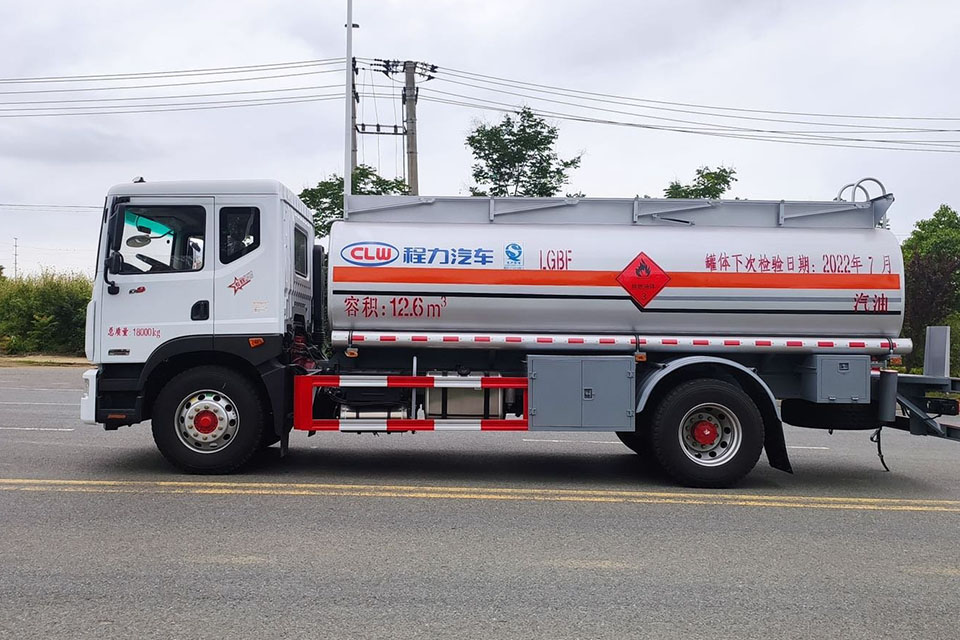
Conclusion: A Shared Responsibility
Managing liquid dangerous goods tankers properly is everyone’s business. With over 200,000 tankers on Chinese roads, the potential for disaster is real. The two major accidents we examined claimed nearly 100 lives together—losses that could have been prevented with proper management.
By enforcing strong standards, we can make sure that these essential vehicles transport their cargo safely. Whether you’re in the transportation industry or just sharing the road with these vehicles, tanker safety affects us all.
Together, through better design, stricter enforcement, and responsible operation, we can prevent the next tanker tragedy before it happens.

